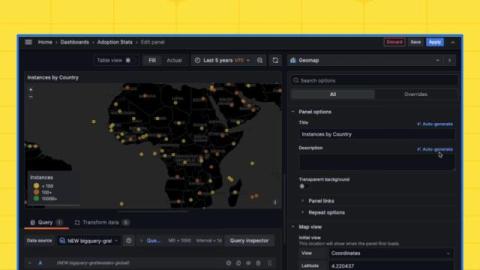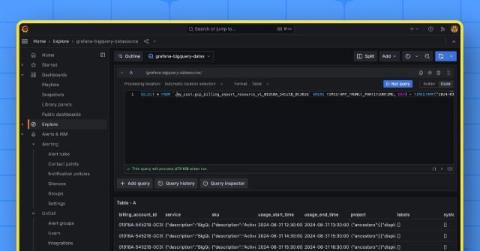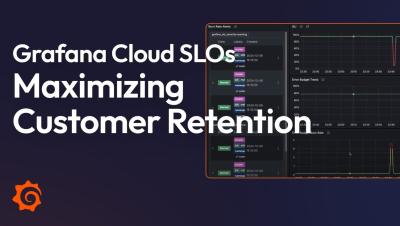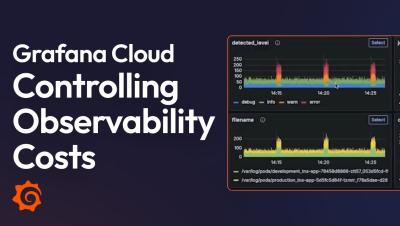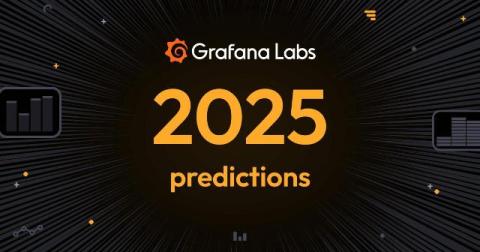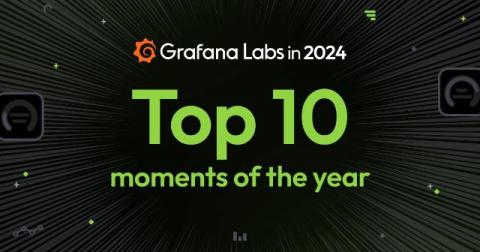k8s-monitoring Helm chart Office Hours 2024-12-19
In this session of the Kubernetes Monitoring Helm chart office hours, we discuss the upcoming version 2.0, the latest changes and the timeline for release. We also cover two potential changes and open things up for feedback on them. Finally, we end with Q&A.


